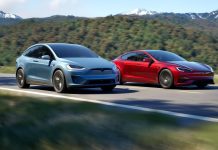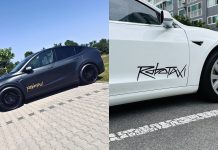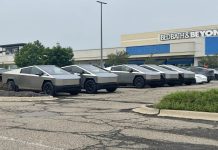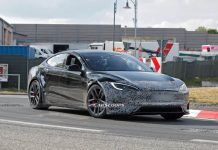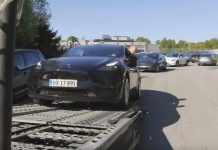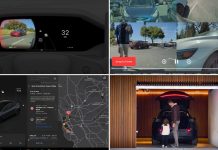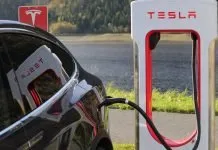Elon Musk, the CEO of Tesla and SpaceX, shared a video of a ship catching the fairings of the Falcon 9 Rocket, something that was made possible by the use of the “Autopilot” recovery technology. On Tuesday, SpaceX successfully launched the Starlink-10, which is a new batch of Starlink broadband satellites, along with three SkySat earth imaging satellites aboard the Falcon 9 rocket. The fairings, which are used to protect the satellites and are ejected after exiting the atmosphere, were caught in a net onboard the Ms. Tree ship using the Autopilot recovery.
Elon Musk Shares Jaw-Dropping Video Of Ship Catching Falcon 9 Rocket Fairing
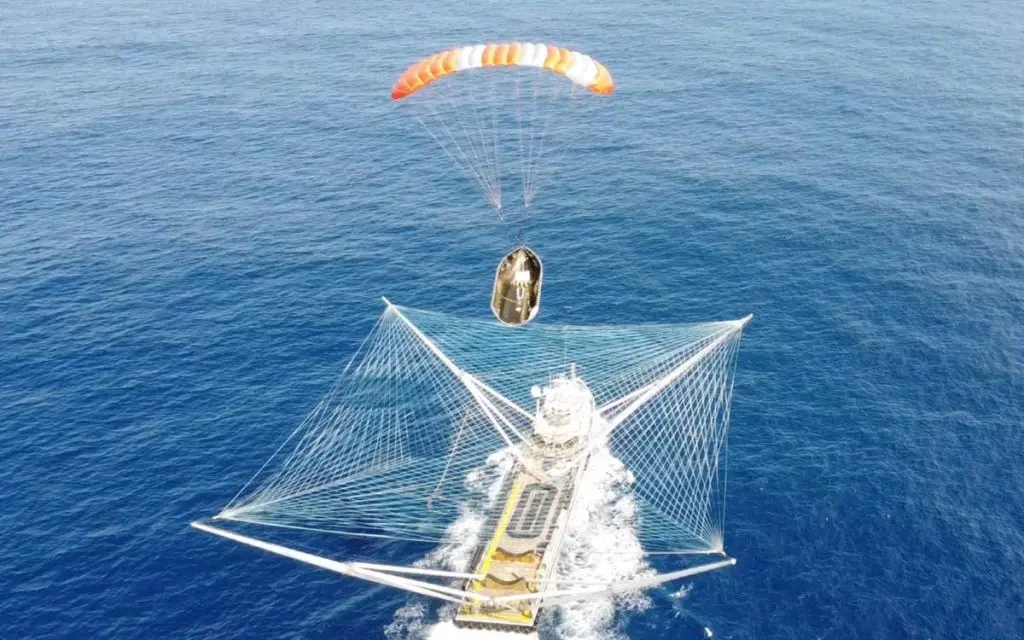
Normally, when a rocket is launched along with a satellite (or group of satellites), it requires a fairing, i.e., the nose cone. This payload fairing is useful for spacecraft aerodynamics and for protection during the initial stages of the launch. However, once the rocket has safely exited the earth’s atmosphere, this fairing acts as dead weight and is ejected. Traditionally, these fairings were never recovered. However, considering that these fairings are important and expensive pieces of technology ($6 million or around 10% of the total cost of Falcon 9), many attempts have been made to recover and reuse them. During prior attempts of recovering these fairings, one or more crew members were responsible for manually navigating the recovery ship.
As SpaceX aims to make rocket launches more akin to air travel, they are making a lot of effort to recover and reuse such expensive parts of rockets. They have gone one step further from the manual mode of fairing recovery and used the Autopilot technology for this purpose. The Falcon 9, which was launched for the first time by SpaceX back in 2013, is a reusable two-stage rocket, designed to carry passengers as well as payload beyond earth’s orbit. It is the world’s first reusable orbital-class rocket, and it allows SpaceX to refly some of the most expensive parts of the rocket multiple times, thus driving down manufacturing costs. The working of this reusable system seems quite interesting:
Once the fairings are ejected, they are guided by small thrusters towards the recovery ship, and these thrusters help to slow the fairings down. Once they are at a sufficiently low altitude, parachutes installed on the fairings are deployed to slow them down further. Finally, the fairings are caught in huge nets onboard a large (and fast) boat.
Aloha, welcome back from space ? pic.twitter.com/xWPN09Wtaw
— Elon Musk (@elonmusk) August 18, 2020
While at the first impression, this method of fairing recovery seems quite improbable, SpaceX has actually managed to make it happen. Elon Musk commented that ‘fairing chute control and ship control are closing the loop locally’, hinting at the introduction of a cooperative, autonomous navigation system that allows Falcon fairings and their recovery ships to function as a unit.
Videos of yesterday’s catch of both fairing halves pic.twitter.com/yzTDFzlulL
— SpaceX (@SpaceX) July 21, 2020
While this successful effort was lauded by many experts and fans of the aerospace industry, critics believe that it was a fluke, or mere luck, that allowed SpaceX to succeed. Of course, everyone will have to wait for the next catch attempt to confirm whether this was a fluke or a progressive step towards reducing space travel costs in the future.
SpaceX has been doing the rounds in news recently, with the successful mission of the Crew Dragon spacecraft. SpaceX, in collaboration with NASA, had used the Dragon spacecraft to send two NASA astronauts, Doug Hurley and Bob Behnken to the International Space Station (ISS), thus becoming the first private spaceflight company to send a crewed spacecraft into space. Launched on 30th May 2020, the Dragon spacecraft docked onto the ISS the following day and returned back to earth on 2nd August. With a successful space mission in partnership with NASA, and now the recovery of the payload fairings, SpaceX continues to make a lot of progress in the aerospace industry.

